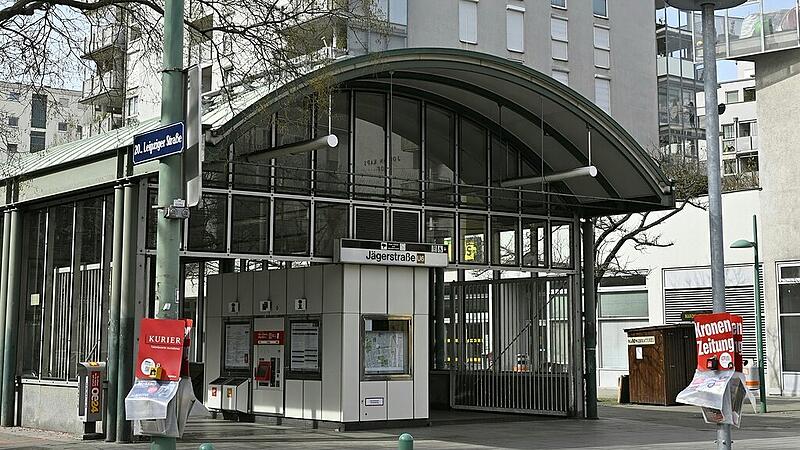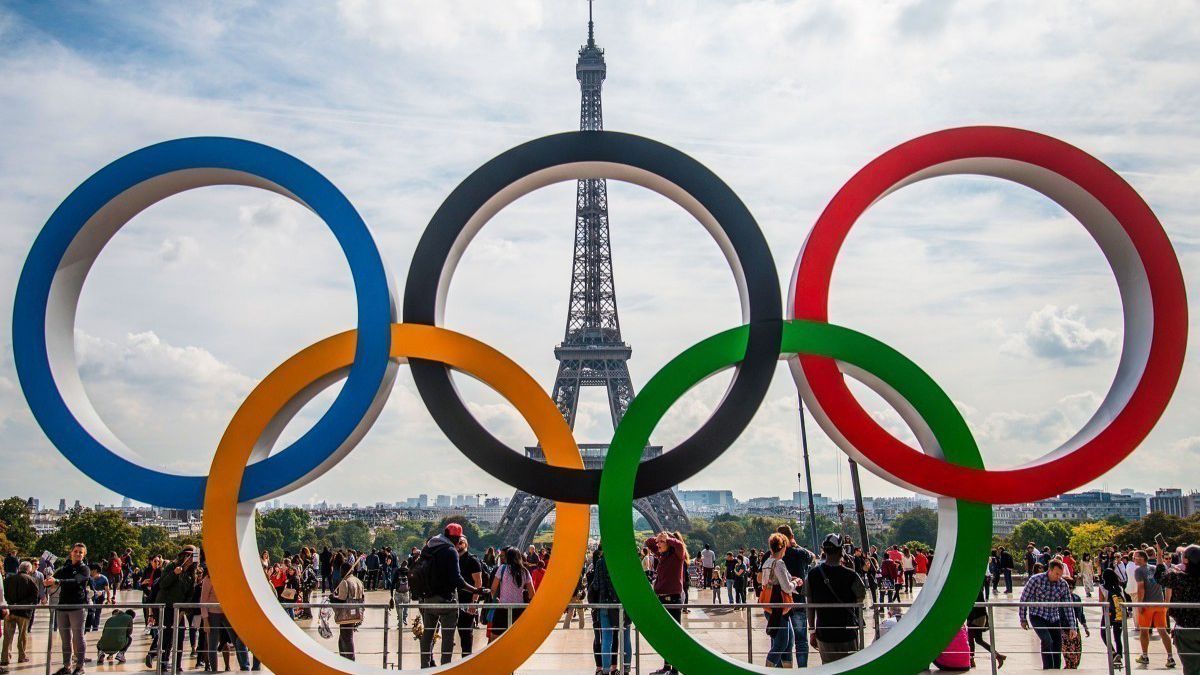Image: (APA/KLAUS TITZER)
The 24-year-old, who is being held in custody as a suspect, had last lived in France and entered Austria illegally. His wife is in France. According to media reports, other suspects managed to escape to France or North Africa.
The 24-year-old, on the other hand, had been fished out of the Danube Canal by the police – to avoid being arrested, he had jumped into the water. Prosecutors are investigating him for murder. The Algerian claims that he had nothing to do with the killing and that he just happened to be near the scene of the crime – the Jägerstrasse U6 station. There he had a video call with his wife and ran away when a number of police officers suddenly appeared because he feared ID checks and legal difficulties.
On Wednesday, the police announced that two new witnesses had been identified. These are two men who were in the apartment where the victim was last. “They were arrested on suspicion of drug trafficking, but are considered witnesses in the murder investigation,” said spokesman Philipp Hasslinger.
Roommates stash drugs
The corresponding apartment was recently identified by the investigators. According to the State Police Directorate, it was not yet clear whether the victim was also reported at the address. “That is the subject of the investigation,” says Hasslinger. A house search on Tuesday found and seized almost 450 grams of marijuana and almost 1.2 kilograms of cannabis resin. The two arrested are a man from Libya (34) and an Algerian (29). The police emphasized on Wednesday that they were only witnesses in the machete case.
Dog owner discovered murder weapon
The murder weapon may have been found by chance by a dog owner who was walking with her four-legged friend near the crime scene in the penultimate week of April and found one in a bush on Leipziger Platz machete discovered. She took the gun home with her, using a so-called Gackerl-Sackerl. Last week she brought them machete then in the bag to a police inspection after media reports made it clear to her that this could be important evidence.
No radical Islamic background
Meanwhile, investigators countered rumors on Wednesday that the bloody deed had a radical Islamic background. There is currently no evidence of this, according to the police. However, a media report was confirmed, according to which only shadows could be seen on the video recordings around the crime scene at the U6 station Vienna-Jägerstraße. “Useful video material has not yet been found,” said the state police headquarters. The evaluations of mobile phones and DNA traces are still ongoing.
The investigators are currently assuming an act in the narcotic environment. “The relevant criminal record of the victim for drug-related offenses suggests that there were two valid arrest warrants from the public prosecutor’s office against the victim for a crime and for an offense under the Narcotic Drugs Act,” said Hasslinger.
No danger to the population
They did not want to go into the number of perpetrators. “Based on the picture of the crime, available knowledge and experience, it can be assumed that you are dealing with several perpetrators,” said the police. In addition, the police emphasized that there was no danger to the population. “There are always perpetrator-victim relationships. It is extremely rare for such cases to affect bystanders,” says Hasslinger. The machete attack occurred on the night of April 20 at the Jägerstrasse U6 station. According to the police, the 31-year-old Algerian was deliberately mutilated in the attack. He succumbed to his injuries in the hospital.
Source: Nachrichten




